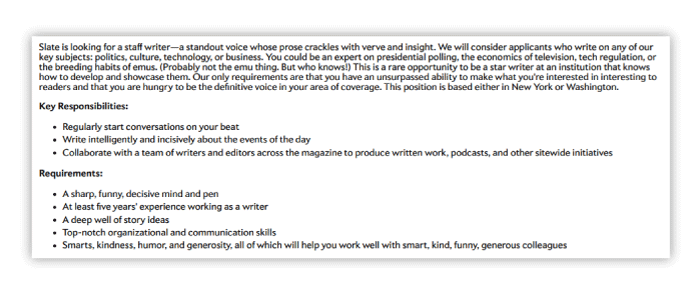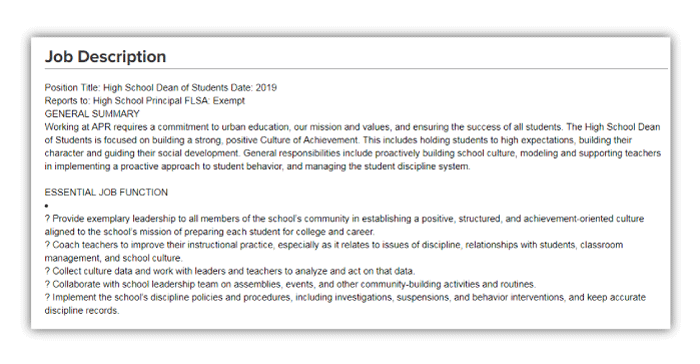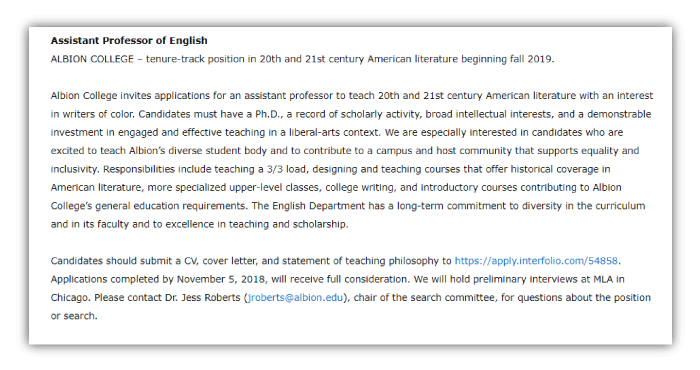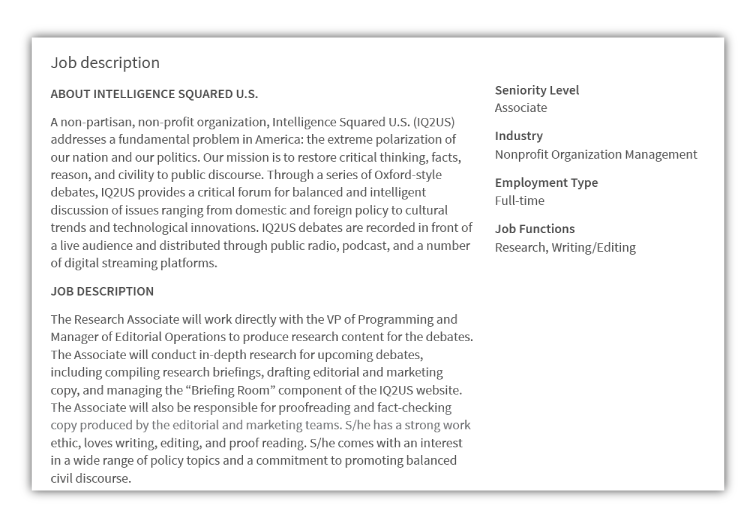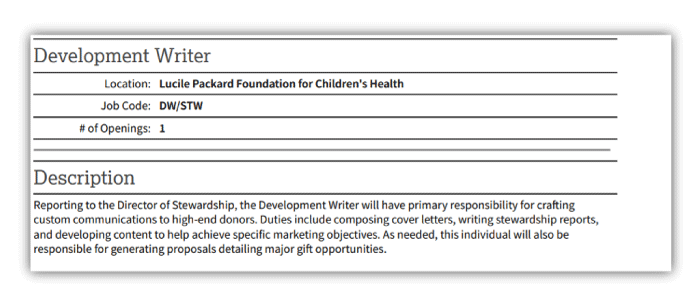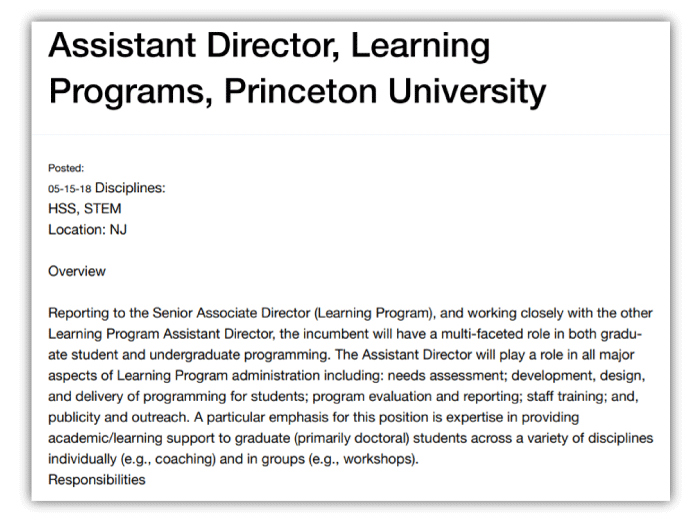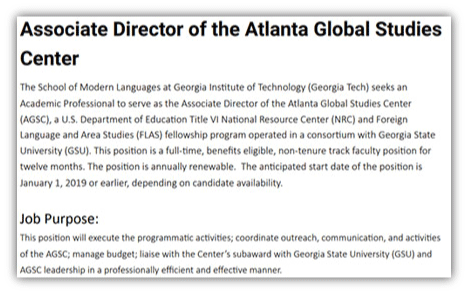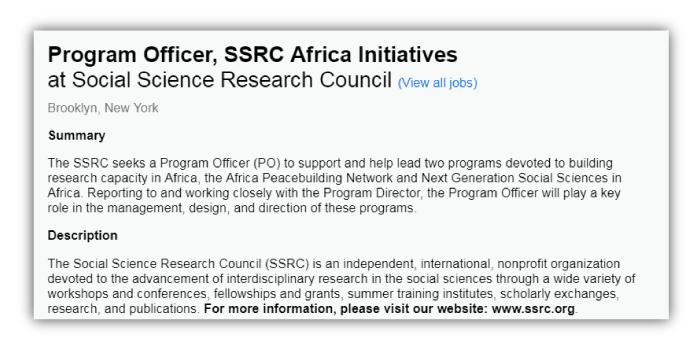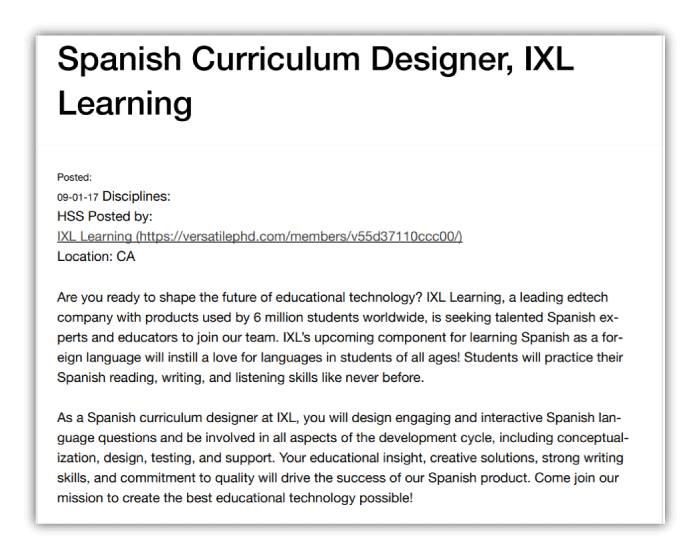Most classrooms where we teach about language and culture are far removed from the cultural contexts in which the languages are used. So how can we bring these two worlds a little closer together?
Students may see foreign language classrooms primarily as places to be filled with verbs, vocabulary, and conversations about their daily lives in another language (the L2, in contrast to their first language, or L1).1 Instructors, especially at the beginning and intermediate levels of instruction, may feel obliged to cover all the material in a textbook, in the belief that students must master the grammar of a language before they are capable of reading unedited texts that provide windows into the culture(s) of the language of instruction and delving into content as compelling as that encountered in other college courses. Yet students’ still-developing language skills often mask their curiosity as well as academic abilities that are waiting to be tapped through the foreign language. By building on the cognitive skills students have in their L1 and their knowledge from other disciplines, instructors can transform language classrooms into spaces of higher-order thinking and learning, even at the introductory level of instruction. In short, language classrooms can and should be reframed as spaces not only where students learn a new language (L2) and culture (C2) but also where they “do college”—in other words, where they employ the same critical thinking and analytic skills that they use in courses in other fields.
Let’s not forget that our students are “multicompetent language users,” or, more specifically, “multicompetent L2 users” who have intellectual capacities beyond their functional proficiency (Cook 185; Scott 19).2 Remember to engage their brain power as you develop academic tasks in the L2 that are geared to help them combine both language and analytic skills from the beginning of language instruction through upper-division courses (Byrnes).
How Might This Work in the Classroom?
Use texts (visual, aural, written, etc.) and design tasks on the basis of the texts that help students practice higher-order thinking. Just assigning a text is not a task.
Texts and Tasks
- Select an overarching theme for a course or unit (e.g., globalization, environmental issues, gender roles), something that sparks inquiry and engages learners in exploring areas of interest that relate to their other fields of study.
- Introduce authentic texts that support this theme. For a unit on globalization, for example, choose a key product grown or produced in the country where the L2 is used—coffee, bananas, copper, automobiles, microchips, and so on. Look for a variety of texts (including articles, graphs, maps, and video clips) that trace the path of the product from its source to markets around the globe as well as tell the story of those who produce and buy it.
- Choose texts for their topical relevance and the L2-C2 cultural perspectives they convey—not primarily for their linguistic elements (verb tenses in particular).
- Avoid reducing texts to a prompt (or excuse) for students to practice verbs and vocabulary or to simply express their own opinions on a given topic.
- Texts are full of cultural concepts, values, and perspectives. Exploit them to their full potential, while keeping in mind students’ “learner language” (Tarone and Swierzbin).
- Decide what functions (e.g., description, narration, summarizing, argumentation) students will need to be able to understand or perform to get into, through, and out of a text.
- Help students respond to texts by giving them sentence frames so that they can go from simple sentences to paragraph-length discourse (even if their proficiency is at the sentence level) as they analyze these texts. For example: “In [article X], the author states . . . because. . . .”
- Insist that students use textual evidence to back up assertions they make about a text’s topic (and teach them the language needed to do so—it’s just another set of vocabulary). For example: “according to the author, . . .” or “based on the graph on the second page. . . .”
- Encourage students to discover the excitement of uncovering what lies beneath the surface of a text (even if they don’t yet know how exciting it will be).
- Invite students to bring their own academic interests and expertise into the classroom. Most of our students are double majors; they have disciplinary expertise. Cultivate an atmosphere of sharing insights from other fields and encourage students to take what they learn in language classes back to their other courses.
Cultural Narratives
- Remember the potential afforded by linking individual or sequences of texts to the larger stories that cultures live by and share among members of their respective communities.
- Look for opportunities to activate and examine students’ own C1 cultural narratives (e.g., the American Dream) as well as the counternarratives that contest them (Who has been left out of the American Dream?).
- Analysis of C1 cultural narratives can set the stage for encountering cultural narratives (and counternarratives) in the C2.
Assessment
The old adage “Test what you teach” has never been more important.
- Develop means of evaluation that tap into the richness of this type of learning experience instead of focusing on the nuts and bolts (verbs and vocabulary). Be creative: evaluations can be written, oral, visual, or multimodal.
- Make students responsible for analyzing and evaluating the content of texts. Once again, avoid asking only for students’ opinions on topics featured in texts.
- Expect students to produce the academic language (including use of sentence frames, etc.) that they use in class to analyze texts and share your expectations with students.
- Remember to emphasize in assessment that culture is not a laundry list of facts but is dynamic, fluid, complex, and intersectional.
How Can You Start?
Images can be effective “springboards” (Barnes-Karol and Broner).
- Images are accessible to students developing learner language and invite further exploration.
- Look for multiple images; avoid creating or reinforcing stereotypes by using just one.
- Images can in themselves be complex texts that merit careful analysis and critical thinking.
- Link images to other types of texts (e.g., statistical data, maps, periodical press articles, interview, biographies).
Why Do All This?
Reframing our language classes as places where students “do college” may be one way to address the perennial gap between language and content courses (MLA Ad Hoc Committee). Through nuanced, scaffolded language work, we can help students analyze, examine, and contest their own cultural assumptions and narratives and encounter texts, perspectives, and narratives from other places and voices. Rigorous academic work simply cannot be the purview of upper-division courses only. Because most students don’t complete more than a year or two of language study, it behooves us to do the real work of engaging students in critical thinking from the very beginning.
Notes
This how-to piece draws from the workshop Reimaging FL Curricula a Decade after the MLA 2007 Report: Culture, Innovation, and Critical Thinking, presented at ADFL Summer Seminar North in East Lansing, Michigan, 30–31 May 2018.
1. Foreign language is the conventional term for curricula and instruction in a language different from one’s first language. However, it is increasingly inaccurate (e.g., Is Spanish really a foreign language in the United States in the twenty-first century?) or reductionist. Scott reminds us to consider the diversity of learners we teach (8). Given the changing demographics in colleges and universities in the United States, the foreign language (L2) taught in any given classroom may simultaneously be the first language (L1) of some students (including heritage users), the literal second language of other students, and the third, fourth, or successive language of yet others (oftentimes international students, whether degree-seeking or on short-term exchanges). In the context of postsecondary education in the United States, Scott uses foreign language to refer to the “classroom experience in which students are learning a particular target language” (8). Here we use foreign language for readability and L1, L2, and their corollaries pertaining to culture (C1 and C2, respectively) for brevity.
2. For a comprehensive examination of multicompetence, see Cook and Wei.
Works Cited
Barnes-Karol, Gwendolyn, and Maggie A. Broner. “Using Images as Springboards to Teach Cultural Perspectives in Light of the Ideals of the MLA Report.” Foreign Language Annals, vol. 43, no. 3, 2010, pp. 422–45.
Byrnes, Heidi. “The Role of Task and Task-Based Assessment in a Content-Oriented Collegiate Foreign Language Curriculum.” Language Testing, vol. 19, no. 4, 2002, pp. 419–37.
Cook, Vivian. “Going Beyond the Native Speaker in Language Teaching.” TESOL Quarterly, vol. 33, no. 2, Summer 1999, pp. 185–209. JSTOR, www.jstor.org/stable/3587717.
Cook, Vivian, and Li Wei. The Cambridge Handbook of Linguistic Multi-competence. Cambridge UP, 2016.
MLA Ad Hoc Committee on Foreign Languages. “Foreign Languages and Higher Education: New Structures for a Changed World.” Modern Language Association, 2007, www.mla.org/New-Structures.
Scott, Virginia M. Double Talk: Deconstructing Monolingualism in Classroom Second Learning. Prentice Hall, 2010.
Tarone, Elaine, and Bonnie Swierzbin. Exploring Learner Language. Oxford UP, 2009.
